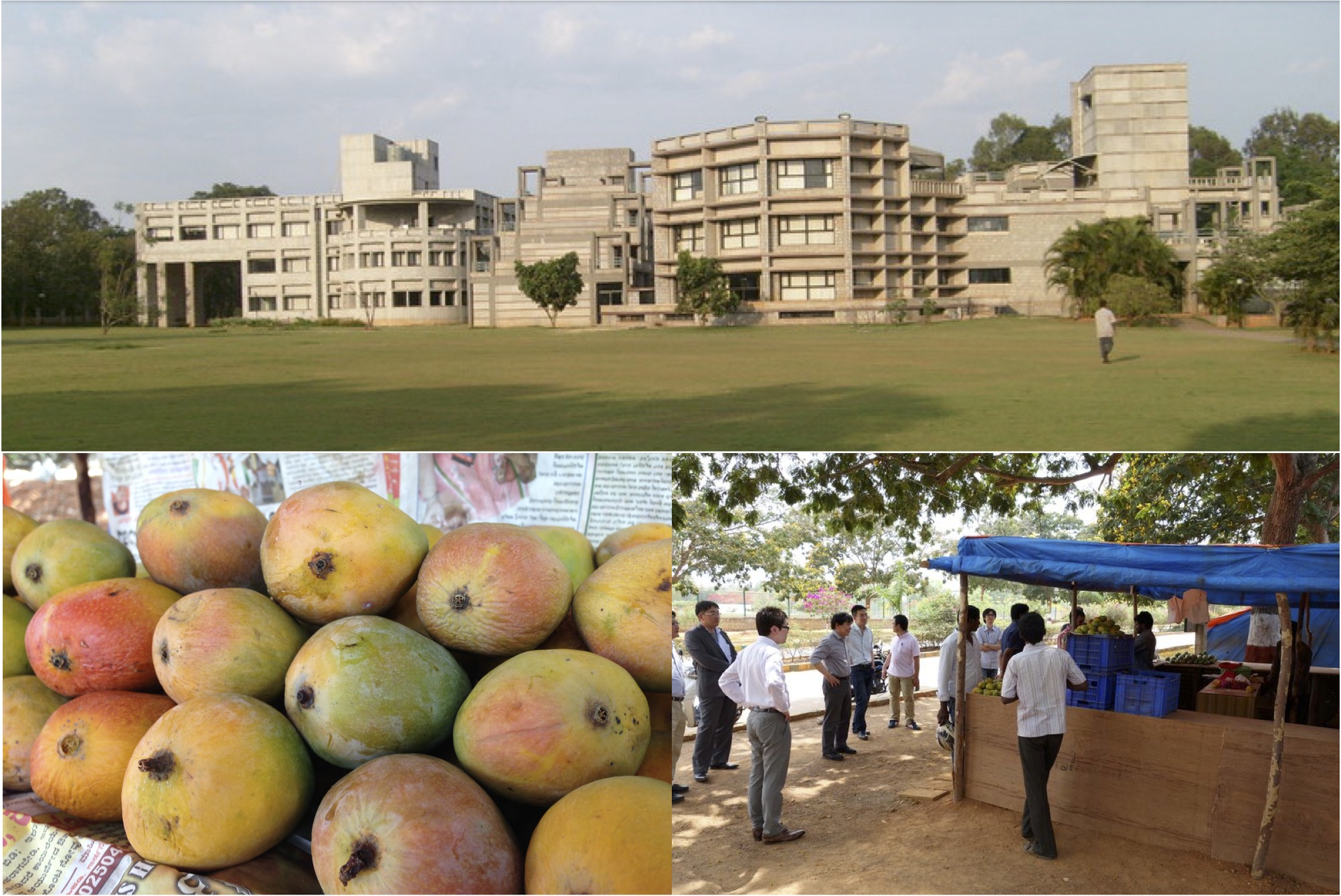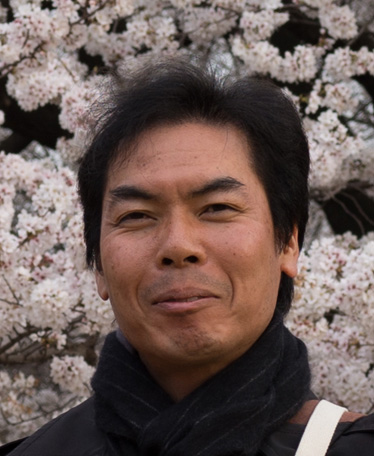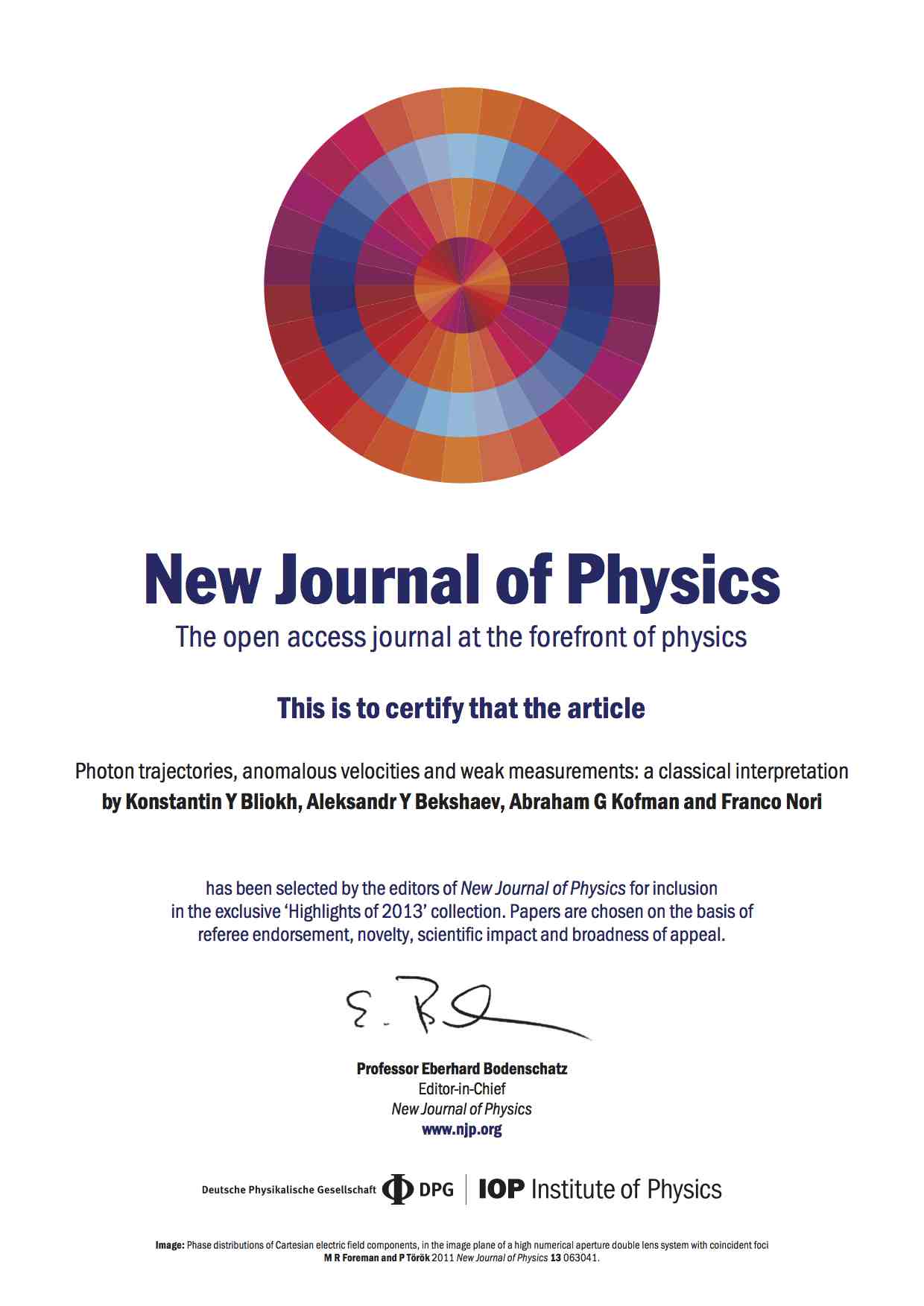|
|
|
|
Upcoming Events
|
|
Workshops
International workshop on "Intersection of cold-atomic and nuclear physics"
May 12-13, 2014
APCTP, Pohang, Korea
http://lambda.phys.tohoku.ac.jp/nstar/symposium/2017.html
Workshops
iTHES-Kavli IPMU-RESCEU Joint Meeting
7-8 July, 2014
Nishina Hall, Wako Campus
iTHES-IPMU-Osaka Joint Symposium,
Nov. 12 (Wed.) 2014
at Kavli IPMU, Univ. Tokyo (http://www.ipmu.jp/ )
|
|
|
Event Report

|
|
| |
On April 30 and May 1, 2014, "NCBS-RIKEN joint meeting for theoretical approaches
in biology" was held at NCBS in Bangalore, India. The meeting was organized by NCBS (the National Centre of
Biological Sciences) and RIKEN iTHES. In the meeting, there are nine
scientific talks (i.e. four talks from NCBS and five talks from
RIKEN). Topics of the talks are rich in diversity and include
molecular dynamics simulations, organelle formation, regulatory
network, and biomechanics. For example, we had a talk by M. Venkadesan
(NCBS) on biomechanics. Human is known to throw a ball with very high
speed compared with other primates. In his laboratory, there are
monitoring systems of throwing as well as running in which behavior of
parts of our body are measured in detail to consider its mechanics and
efficiency. Since presented biological phenomenon in all the talks are
challenging and interesting themselves, participants enjoyed talks and
lively discussions regardless of their disciplines. Simultaneously,
researchers studying related problems and/or mathematical models
deepened their mutual understanding each other by discussions during
and after the talks. NCBS is one of leading research institutes of
biology in India. There are five groups of theoretical biology which
are supported by the Simons Foundation to establish the Simons Centre
for the Study of Living Machines(http://theory.ncbs.res.in/). Buildings of NCBS are surrounded by
beautiful gardens and farms. While the schedule of the meeting was
tight, one of organizers, M. Thattai (NCBS) kindly arranged a small
but exciting excursion within the campus. In the campus, we can see
birds, trees of cashew nuts and mangos, big nests of white ants, and
so on. We enjoyed the excursion very much. The meeting was fruitful
and we hope interactions between NCBS and RIKEN iTHES on theoretical
biology continue.
On May 9, 2014, T. Hatsuda gave an iTHES informal seminar on particle, nuclear
and astrophysics at Mochizuki Theoretical Biology Laboratory. About 25
theorists
from Mochizuki lab., Hatsuda lab., Nakatsukasa lab., Sugita lab. and
Nagataki lab.
have joined. Hatsuda started his talk by introducing "Fundamental Questions
in Particle, Nuclear and Astro Physics", i.e., (i) Where are we from?
(ii) what are we?
and (iii) where are we going? (see the first slide). After explaining
the present
answers to these questions from physics point of view, he went on to
discuss
his recent works on the structure of neutron stars which are the
super dense stars composed of quantum liquid of neutrons and quarks.
During his three-hour talk, there were very lively discussions among the
theorists
in different disciplines.
|
|
|
Person of the Week
Shinya Wanajo
Self-introduction
I am Shinya Wanajo, who just joined the iTHES fundamental physics team
from May 1st. Before coming here, I have worked at National Astronomical
Observatory of Japan (NAOJ), Sophia University (Jochi University in
Japanese), University of Tokyo, and Max-Plank Institute (in Germany). My
major research field is nucleosynthesis, which I call "cosmo-nuclear
science", an interdisciplinary field crossing over many other regions
such as astronomy, nuclear physics, and computational science. My
particular interest is to give an answer to the greatest mystery of
nucleosynthesis, the astrophysical origin of the "r-process elements"
(those heavier than iron such as gold and uranium). I hope to be closer
to the answer of this long-standing problem through collaborative works
with the iTHES members.
|
|
|
|
|
|


